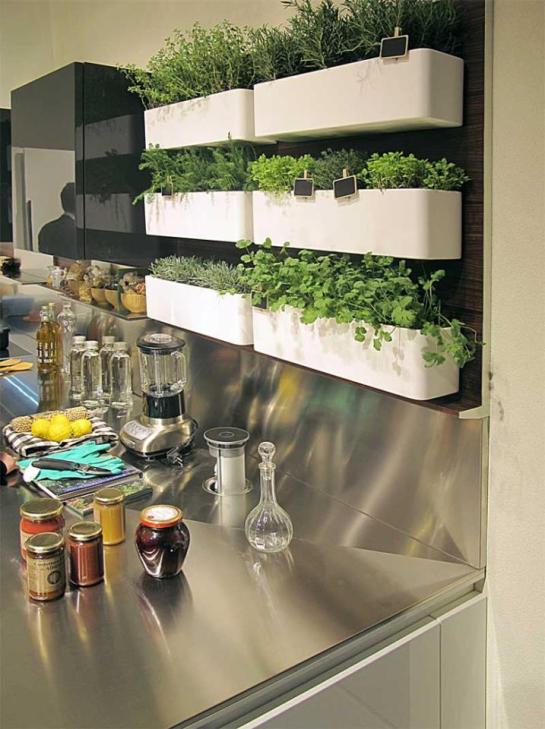Growing and Using Culinary Herbs
By: Marie Iannotti, Reblogged from: About.com Guide

Probably the most popular herbs to grow and use are the culinary herbs. Herbs used for cooking and seasoning can be incorporated into your existing flower or vegetable beds, grown separately near the kitchen door or kept handy on the kitchen counter. Growing culinary herbs is very similar to growing vegetables. The two most important considerations are to harvest at full flavor and to never use any fertilizer or pesticide on them that isn’t labeled for use on edible plants. Here are some more tips for growing flavorful culinary herbs.
Planting & Growing Kitchen Herbs
- Annual herbs are inexpensive and easy to start from seed. Woody, perennial herbs establish better if you purchase seedlings or take cuttings.
- Plant your herbs in a rich, well-draining soil and avoid heavy feeding with supplemental fertilizer. The scent and flavor of herbs tends to concentrate when they are grown in slightly lean conditions. (Going to the extreme and starving them or growing them in poor soil will have the opposite effect. The plants will be stressed and stunted.)
- Limit pesticide use to an absolute minimum. If you must spray, use the least toxic solution.
Design Considerations for a Kitchen Herb Garden
- Keep them handy. You will use them more often if they are within easy reach. And their beauty and scent will probably inspire your cooking creativity.
- Culinary herbs can do double duty as ornamental plants. Parsley, especially the curly variety, makes a wonderful edging plant, if you don’t have rabbits nearby. Tall herbs, like bay laurel, can be potted and used as focal points. Herbs with variegated leaves, like golden or tri-color sage, are great in mixed containers. Don’t let the notion that these are seasoning herbs limit your use of them.
- Herbs that tend to spread, like mint and oregano, can be grown in containers. The containers can be sunk into the ground, in the garden, or used as accent pots. Just don’t let the tips of the plants hang over and touch the ground, or they will root and grow.
Tips for Using Culinary Herbs
- Most annual herbs taste their best before they flower. Once the annual herbs flower, they older leaves begin to decline and new leaves are smaller and bitter.
- Pinch and use often. Even young plants need to be pinched back to encourage them to branch out and become full. Annual herbs, like basil, can be pinched when they are 3-4 inches tall.
- If your herb plants begin setting flowers in earnest, shear back the whole plant by 1/3 and try to start using them more frequently.
Growing Tips for Specific Herbs
| Basil | Garlic | Lavender |
| Mint | Oregano | Parsley |
| Rosemary | Sage | Thyme |

No comments:
Post a Comment